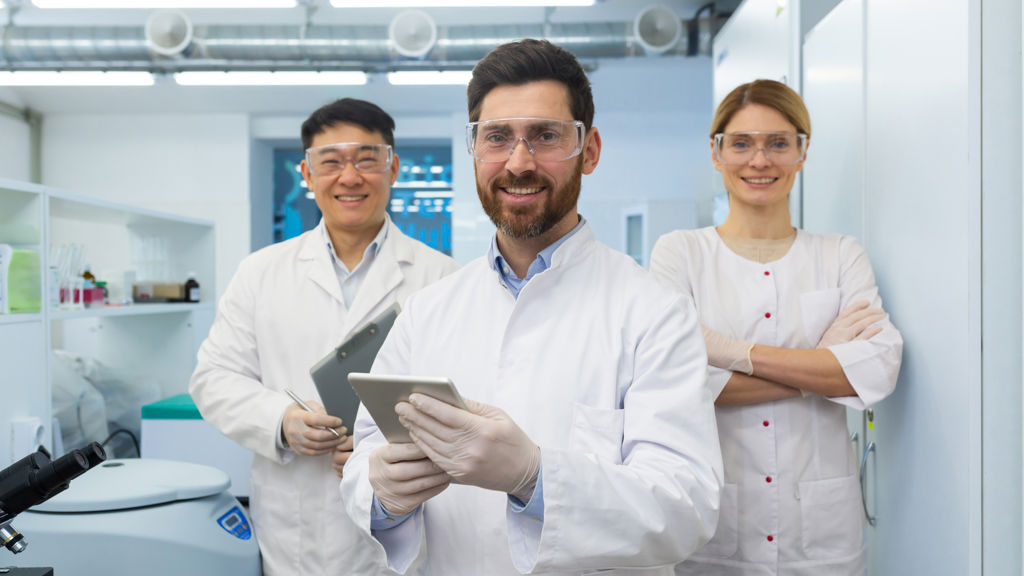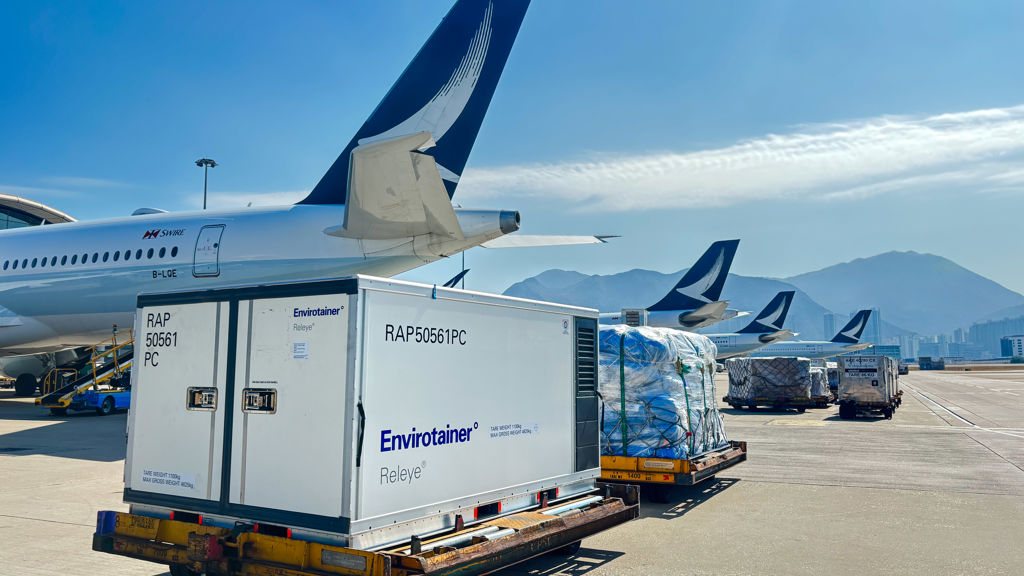Industry Insights
Gain valuable insights into the cold chain industry. Our extensive insights library provides articles, white papers, and case studies that explore the latest trends, challenges, and innovations in the industry. Whether you're seeking in-depth analyses, practical solutions, or success stories, our resources are designed to inform and inspire.

Articles
Gain fresh perspectives and actionable strategies to drive your business forward. Our articles offer expert insights into emerging trends, industry challenges, and the groundbreaking innovations impacting the future of pharma shipping.

Case Studies
Our case studies offer real-world examples of how our products and services have been used to protect and deliver life-saving medications worldwide. Learn valuable insights and best practices to optimize your supply chain and ensure the integrity of your precious cargo.

White papers
By exploring critical topics impacting the industry now and in the future, we empower you to deliver life-saving treatments reliably and efficiently while driving the industry forward to meet the demands of tomorrow.

Subscribe
By subscribing to our newsletter, you'll gain exclusive access to insights on our cutting-edge technologies, sustainability initiatives, and expert guidance for ensuring the safe and efficient transportation of your pharmaceuticals.